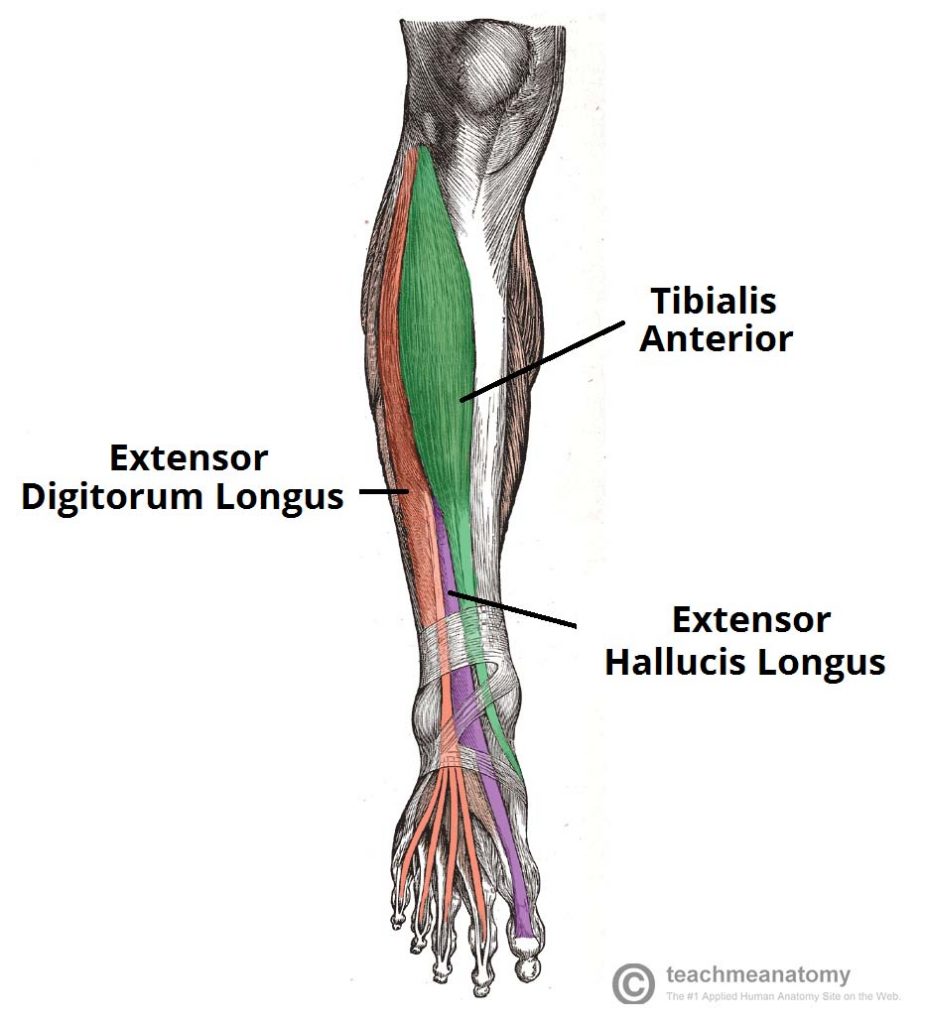

The overall incidence in complex pelvic surgeries may be as high as 1 in 500.Ĭhronic compartment syndrome occurs when the fascia in the lower leg does not accommodate to the increase in blood flow and fluid shifts that may occur with heavy exercise. Risk factors include the length of the procedure, the amount of leg elevation, the amount of perioperative blood loss, and the presence of peripheral vascular disease and obesity. This is known as “well leg compartment syndrome” and is most often seen after pelvic and perineal surgery. In patients with decreased mental status with prolonged limb compression, such as with alcohol or drug abuse, ACS can also develop from soft tissue injury and swelling.Īnother non-traumatic cause of compartment syndrome is ischemia leading to hyperperfusion, often caused by prolonged surgery in the lithotomy position. These include hemorrhage into a compartment, as can occur in anticoagulated patients, and compartment syndrome after diabetic muscle infarction.

Non-traumatic causes of ACS are more rare. The anterior compartment is most commonly affected, although multiple compartments can be involved. ACS can occur in as many as 17% of tibial fractures. Direct pressure from a cast or antishock garment can increase the risk for compartment syndrome. ACS, most commonly occurring in males younger than 35 years, is most often caused by trauma such as fractures, crush injuries, muscle rupture, direct blow to a muscle, and circumferential burns. Untreated, ACS can progress to contractures, paralysis, infection, and gangrene in the limb as well as systemic problems, such as myoglobinuria and kidney failure. The focus of this chapter is compartment syndrome of the leg, although it can also affect the thighs or upper extremities.Īcute compartment syndrome (ACS) is a serious condition caused by a rapid rise in pressure in an enclosed space, which can lead to necrosis of the muscles and nerves in the involved compartment.

Compartment syndrome can be either an acute or chronic condition caused by increased tissue pressure within an enclosed fascial space.


 0 kommentar(er)
0 kommentar(er)
